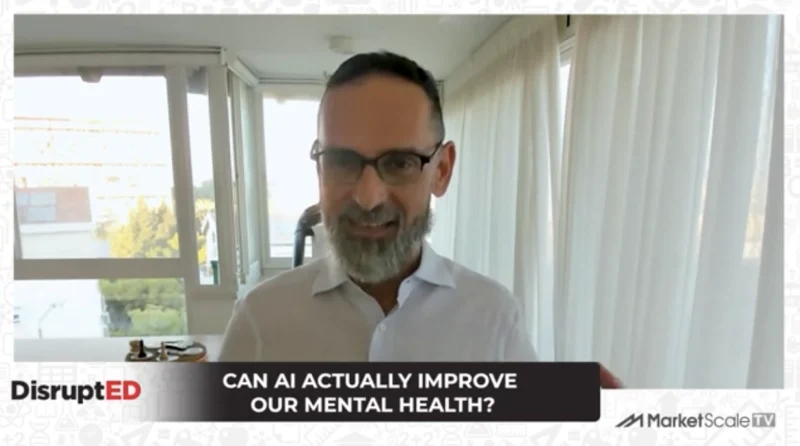How Colleges Can Reinvent Themselves to Win the Higher Ed Brand War
Higher education in the U.S. is facing a perfect storm: declining enrollments, rising skepticism about its value, and fierce competition for a shrinking pool of students. According to Gallup, confidence in higher ed has dropped sharply over the past decade—driven by concerns over cost, elitism, and relevance—though recent data shows a slight rebound tied to public perceptions of universities as engines of innovation. Against this backdrop, the battle for survival may hinge less on tradition and more on how institutions define, communicate, and live their brand.
So, if higher ed is entering an era of brand warfare, what does it take for a college or university to win?
On this episode of DisruptED, host Ron J. Stefanski sits down with Brandon Busteed, CEO of BrandEd, to explore whether branding has become the new curriculum for higher education. Their conversation spans the urgent need for differentiation, the role of public benefit narratives in restoring trust, and lessons from universities that have successfully reinvented themselves.
Key takeaways from the episode…
- Differentiation is survival: Most colleges market themselves with the same language, but in a shrinking market, distinctive value propositions—like Northeastern’s co-op model or Babson’s focus on entrepreneurship—are critical.
- Language shapes perception: The terms colleges use to describe themselves—such as “liberal arts”—can be outdated or misunderstood. Reframing these in ways that highlight universal skills, career versatility, and durable learning can strengthen an institution’s appeal and clarity of value.
- Brand is more than marketing: Successful institutions align their messaging with authentic values and deliver consistently on that promise, creating experiences that can’t be replicated elsewhere.
Article written by MarketScale.




